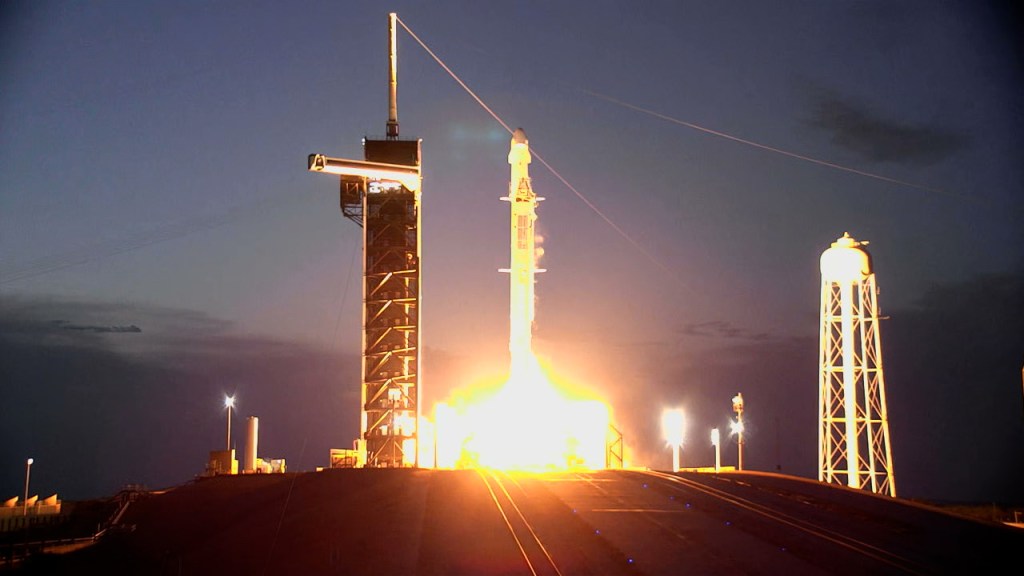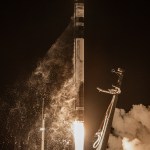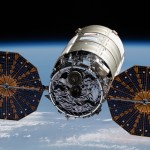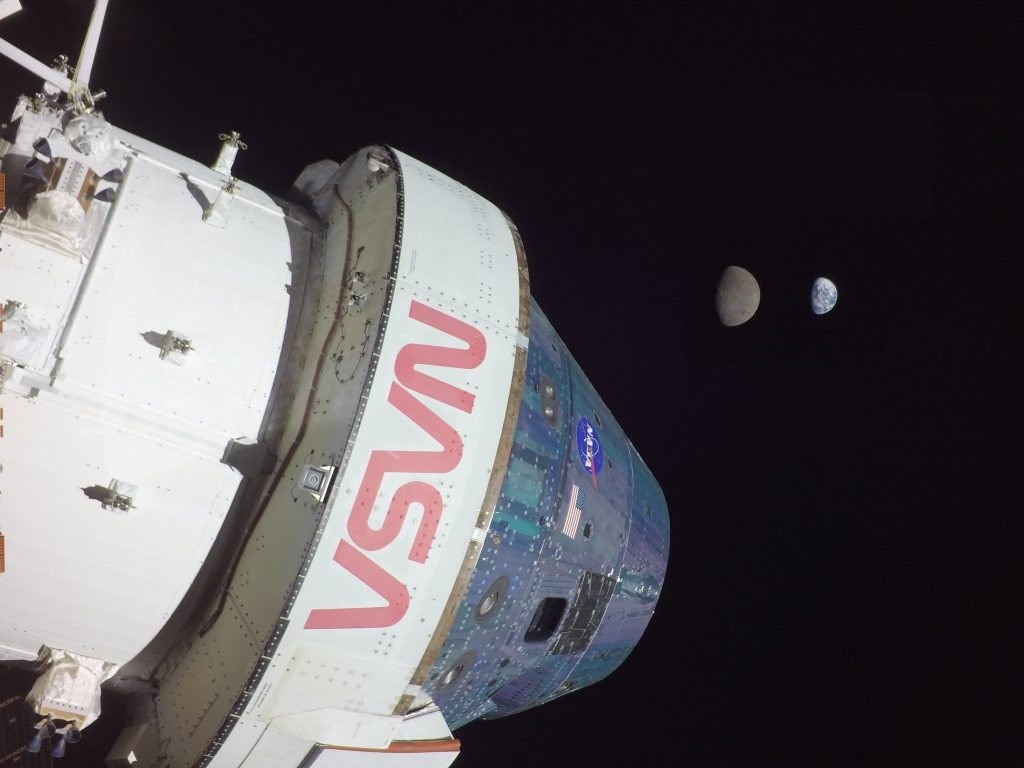
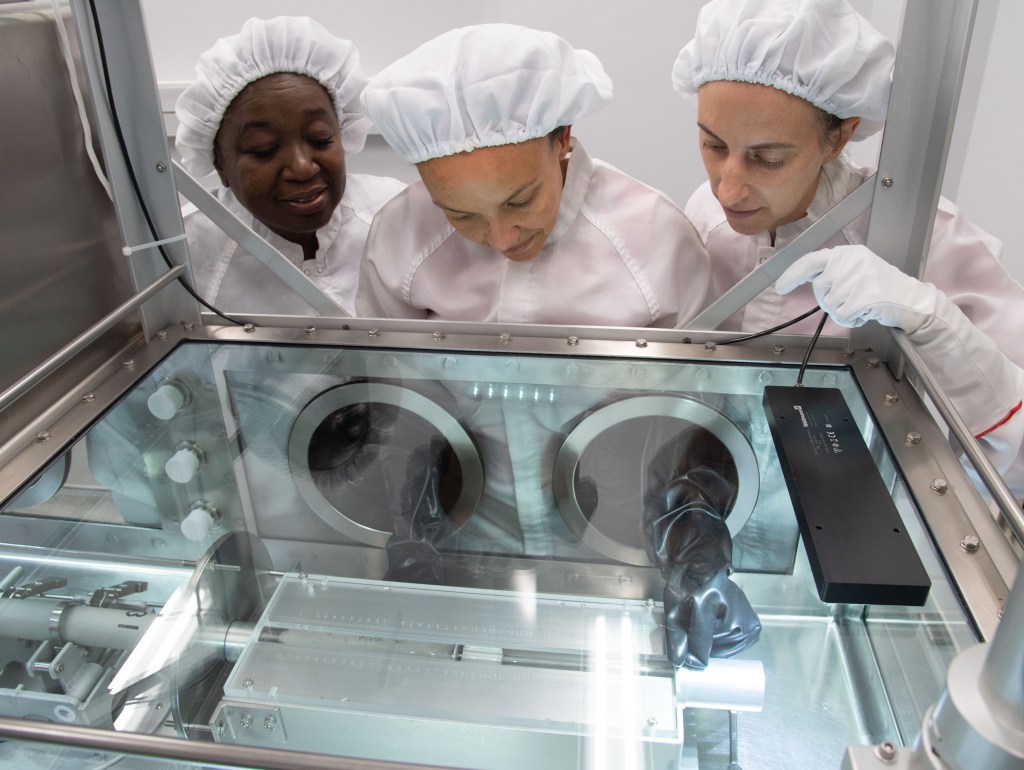
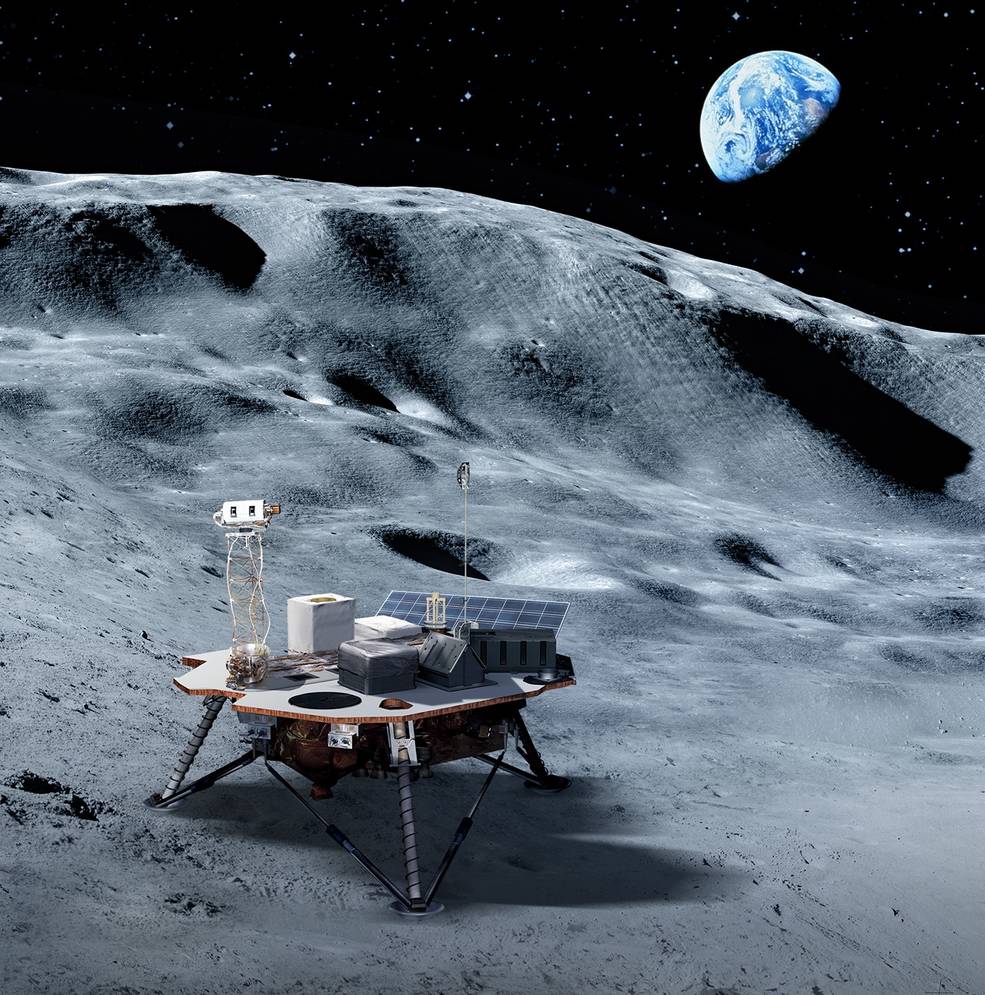
Exploration Architecture, Integration, and Science Directorate
Based at NASA’s Johnson Space Center in Houston, Texas, the Exploration Architecture, Integration, and Science (EAIS) Directorate is a unique mix of scientists, engineers, mission planners and architects, and program analysts. We create the plans for sending people back to the Moon and on to Mars. We provide integration and business support to NASA’s exploration programs, which stitch together the pieces that make NASA’s missions possible. Our team curates and studies the world’s most extensive collection of samples collected from the solar system. We map the orbital debris around the Earth to keep our missions safe, and we study the lunar surface to figure out where to land NASA missions. Together we enable exploration and discovery.
Our Purpose
EAIS is dedicated to supporting NASA’s mission to explore, discover, and expand knowledge for the benefit of humanity. We connect science, engineering, and mission and program planning so that NASA can send people back to the Moon and eventually on to Mars. We help NASA’s exploration programs figure out what the missions are, how to plan and execute them, and how to make the most of the science they bring home.
Learn More about Our Purpose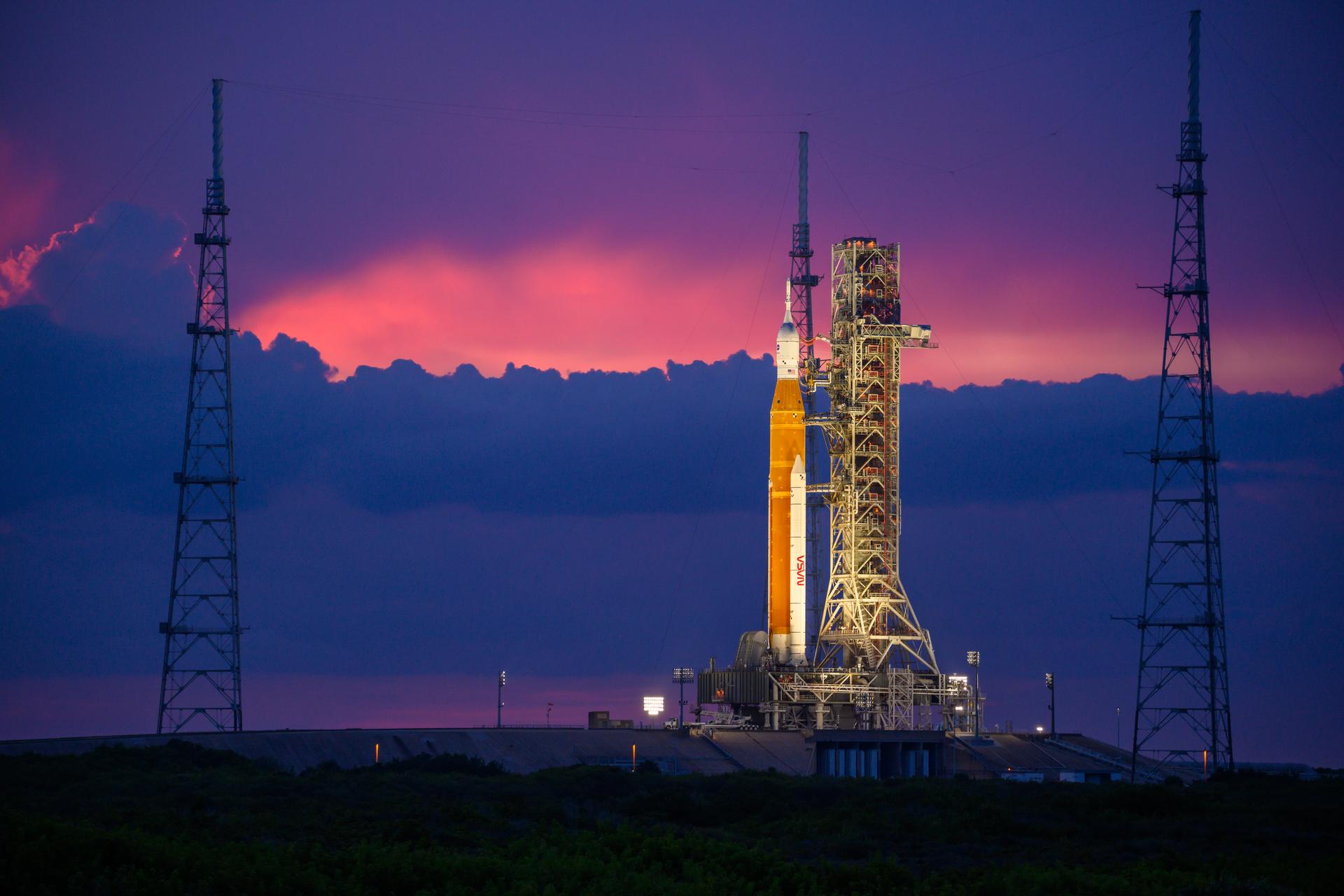
EAIS Divisions and Offices
Learn more about the divisions and offices within EAIS.
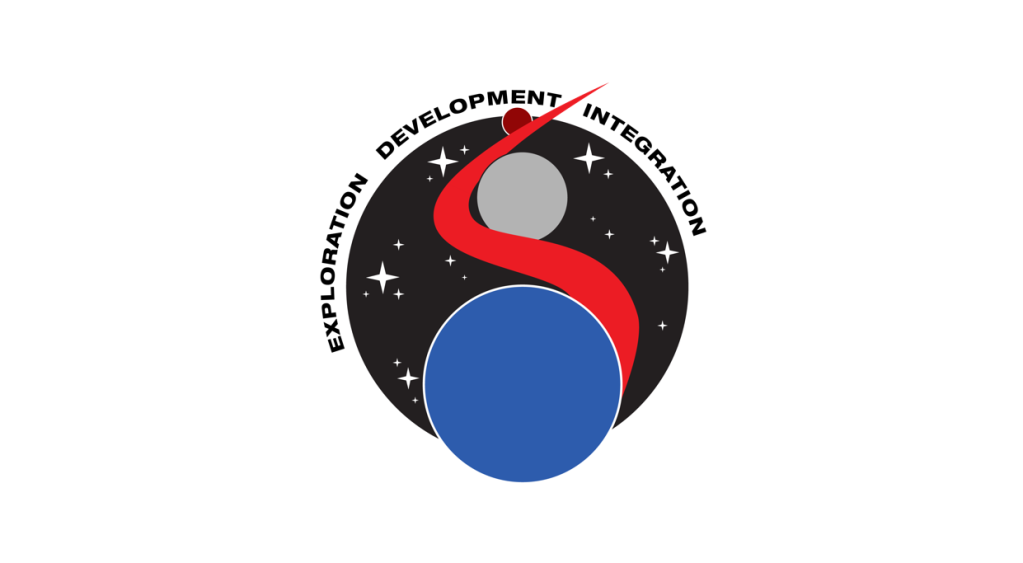
Exploration Development Integration Division
This division develops leaders who provide system engineering, cross-program integration, and programmatic integration expertise, bringing architecture elements together to accomplish the Agency’s goals.
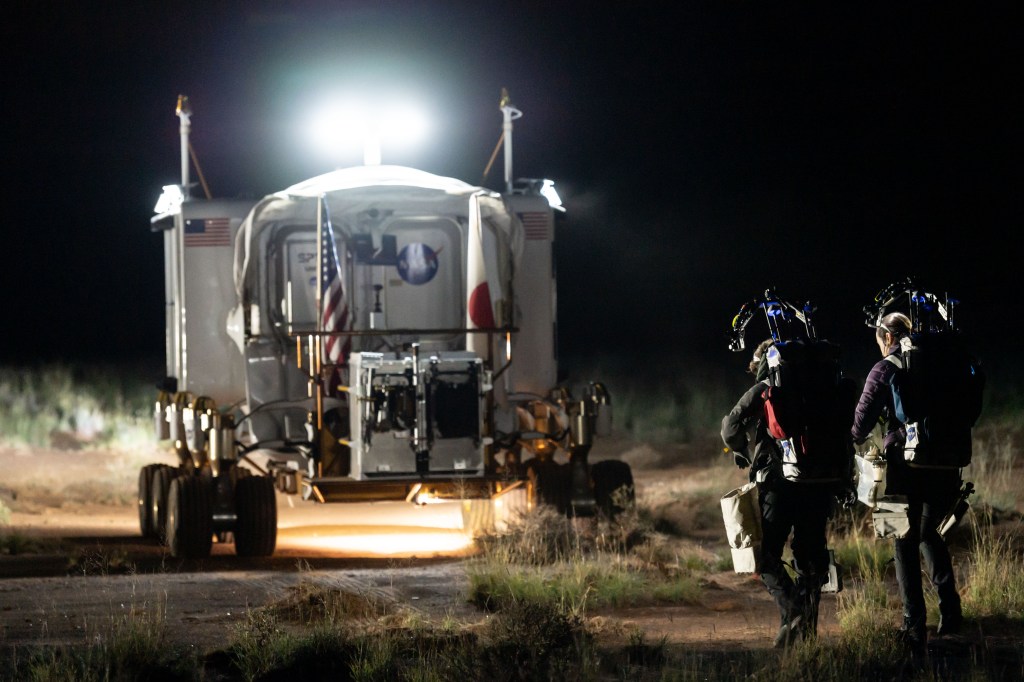
Exploration Mission Planning Office
This office leads cross-agency planning for human space exploration missions beyond low Earth orbit. Its responsibilities include leadership of architecture development, supporting the development of initial mission concepts and goals, and analyzing every aspect of Artemis missions, both in-space and on the Lunar and Martian surfaces, to improve design and execution.
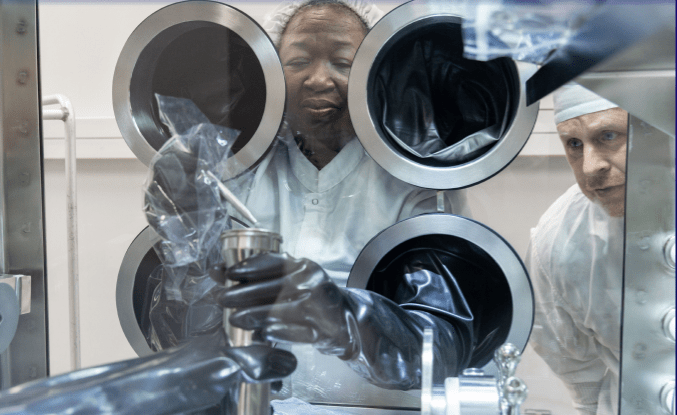
Astromaterials Research and Exploration Science Division
This division ensures scientific discovery is part of every space exploration mission. Its team of leading scientists advances exploration discovery with cutting-edge research and observational investigations, integrating science into missions, curating the most extensive collection of extraterrestrial materials on Earth, and leading the global understanding of the orbital debris environment.

Strategic Business Integration Office
This office plays a vital role in ensuring that human exploration programs successfully achieve the goals set by the agency. It develops estimates of the costs involved and creates schedules for NASA program leaders, enabling effective planning and execution of the programs.
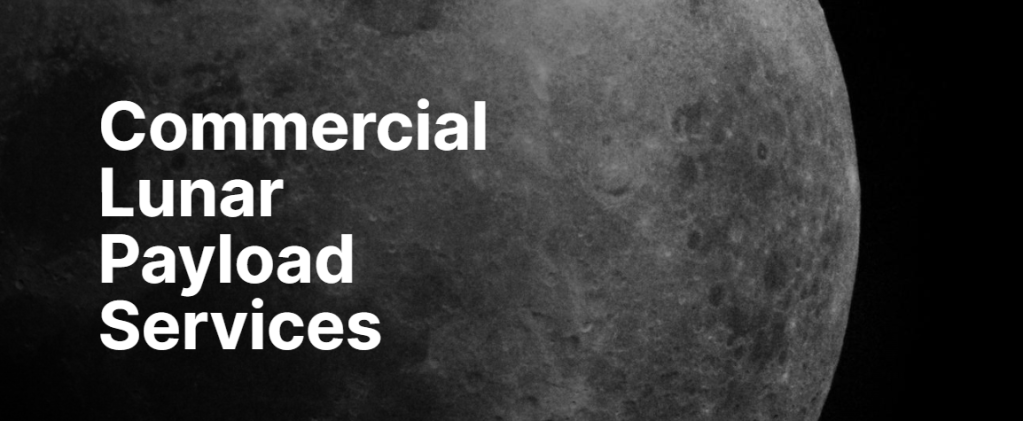
Commercial Lunar Payload Services
This initiative allows NASA to work with American companies to deliver science and technology payloads to the lunar surface to help the agency explore the Moon and prepare for future Artemis missions. Through CLPS, NASA is also attempting to accelerate the development of a commercial market for lunar delivery services.
Focus Areas and Capabilities
Learn more about specialized EAIS focus areas and capabilities.

Human Landing System Associate Program Manager
The human landing system will transport astronauts from lunar orbit to the lunar surface and back for Artemis, including the first woman and the first person of color. The human landing system associate program manager oversees an integrated human landing system-Johnson workforce.
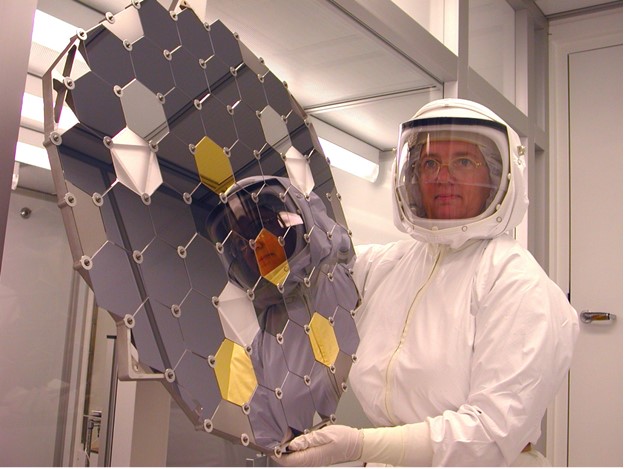
Johnson Space Center Chief Scientist
The chief scientist provides leadership, advocacy, and advice for Johnson science and research efforts to retain and improve the center's reputation for scientific excellence. In this role, Dr. Eileen Stansbery ensures the NASA research integrity process is appropriately addressed within Johnson's science organizations and guides the strategy of research readiness for the future.





























